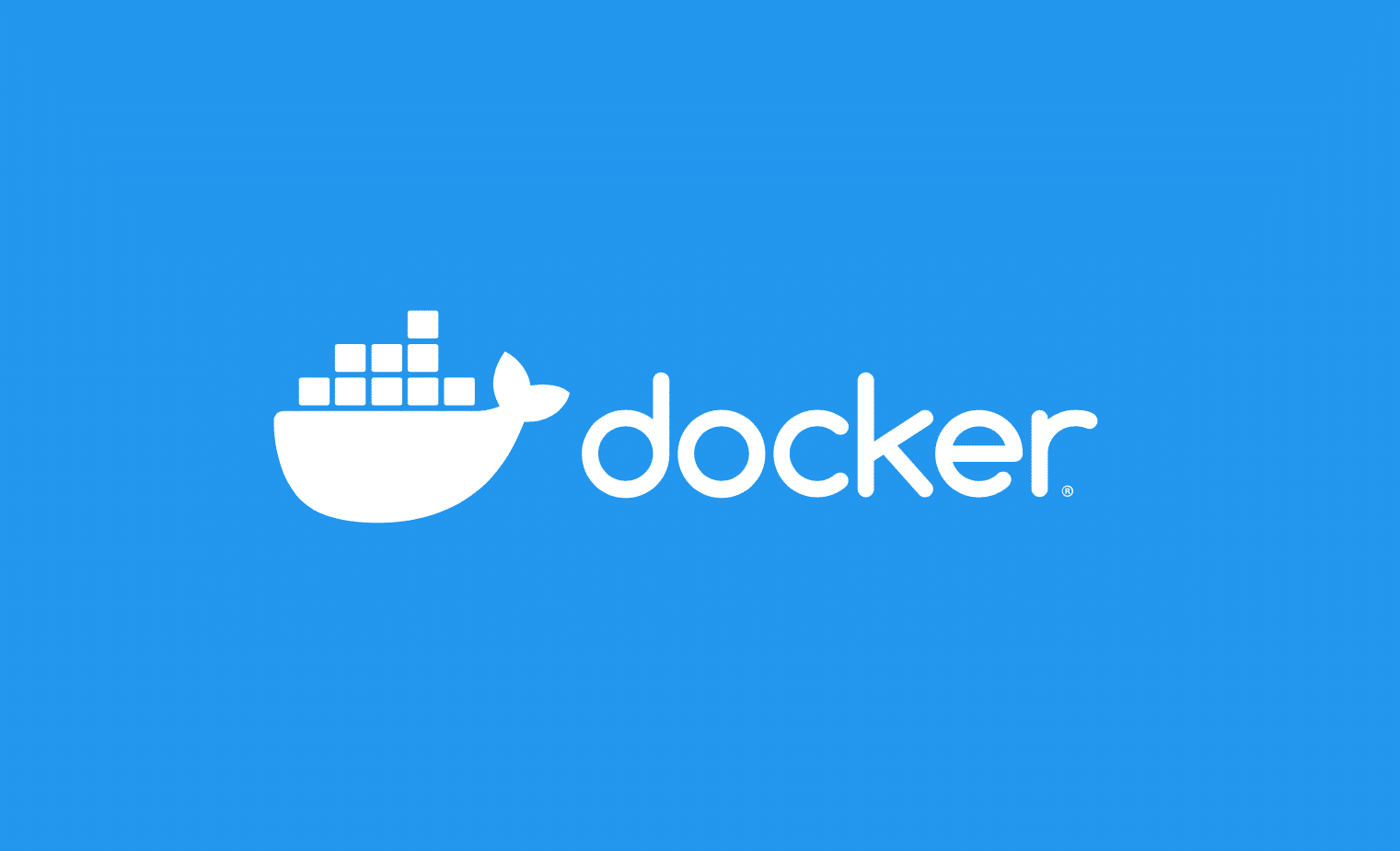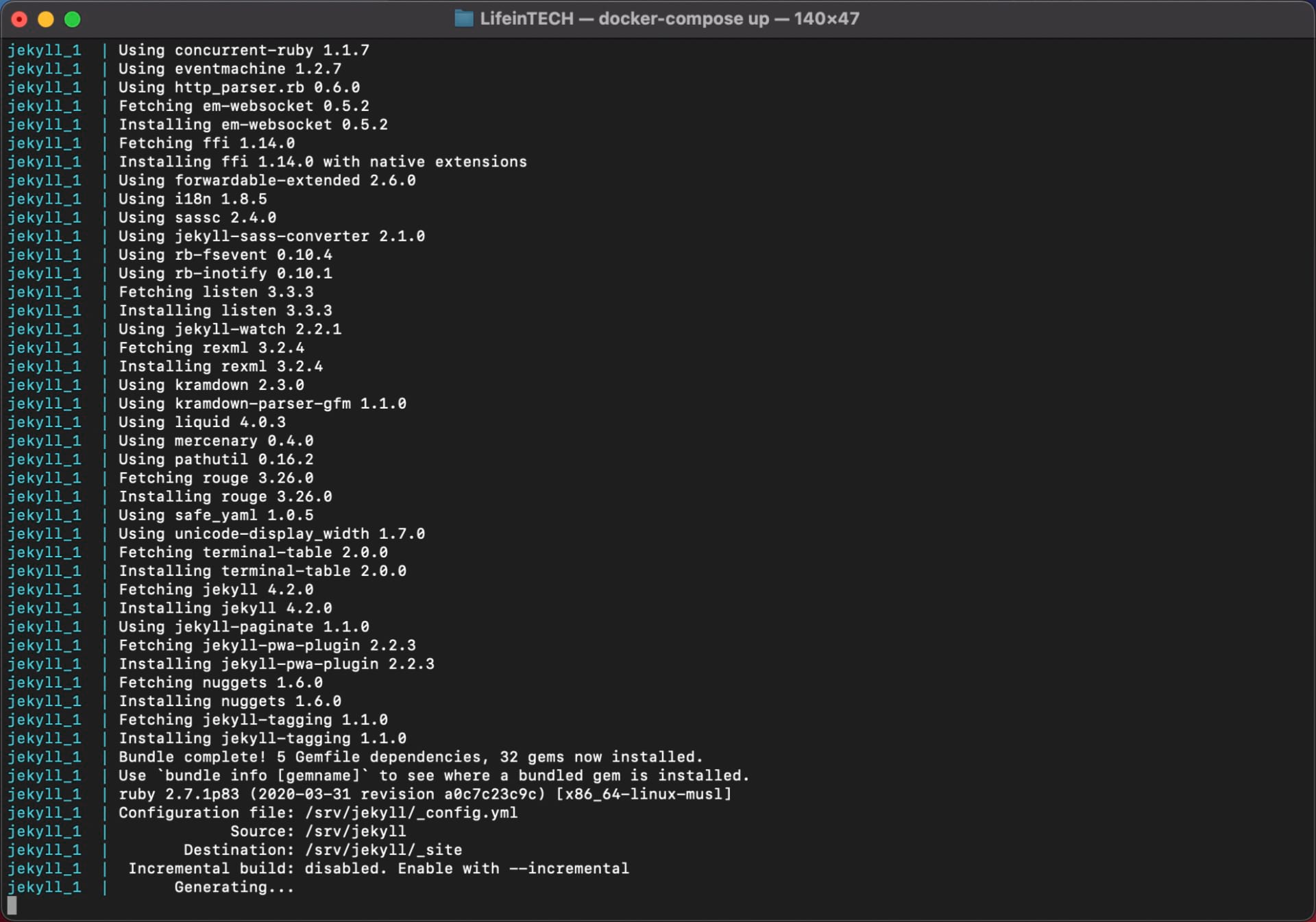

Useful if you plan to deploy ThingsBoard on Azure.Ĭonfluent Cloud is a fully managed streaming platform based on Kafka. Useful if you plan to deploy ThingsBoard on Google Cloud.Īzure Service Bus is a fully managed message queuing service from Azure. Google Pub/Sub is a fully managed message queuing service from Google. Useful if you plan to deploy ThingsBoard on AWS. RabbitMQ is recommended if you don’t have much load and you already have experience with this messaging system.ĪWS SQS is a fully managed message queuing service from AWS. However, some providers also have managed services for Kafka. It is also useful if you like to stay independent from your cloud provider.

It is useful for both on-prem and private cloud deployments. This queue is used on the most of ThingsBoard production environments now. Kafka is recommended for production deployments. It is useful for development(PoC) environments and is not suitable for production deployments or any sort of cluster deployments.

In Memory queue implementation is built-in and default.
#Postgres docker mac m1 how to#
How to choose the right queue implementation? ThingsBoard is able to use various messaging systems/brokers for storing the messages and communication between ThingsBoard services. You can choose any other images with different databases (see above). In this instruction thingsboard/tb-postgres image will be used. Note: Not recommended for any evaluation or production usage and is used only for development purposes and automatic tests.

Thingsboard/tb - single instance of ThingsBoard with embedded HSQLDB database. The most performant and recommended option but requires at least 4GB of RAM. Thingsboard/tb-cassandra - single instance of ThingsBoard with Cassandra database. Recommended option for small servers with at least 1GB of RAM and minimum load (few messages per second). Thingsboard/tb-postgres - single instance of ThingsBoard with PostgreSQL database. Runningĭepending on the database used there are three type of ThingsBoard single instance docker images: If you are not using the latest tag for the Directus image you need to adjust your docker-compose.yml file to increment the tag version number, e.g.Don’t forget to add your linux user to the docker group. extensions:/directus/extensions depends_on : - cache - database environment : KEY : '255d861b-5ea1-5996-9aa3-922530ec40b1' SECRET : '6116487b-cda1-52c2-b5b5-c8022c45e263' DB_CLIENT : 'pg' DB_HOST : 'database' DB_PORT : '5432' DB_DATABASE : 'directus' DB_USER : 'directus' DB_PASSWORD : 'directus' CACHE_ENABLED : 'true' CACHE_STORE : 'redis' REDIS : 'redis://cache:6379' ADMIN_EMAIL : ADMIN_PASSWORD : 'd1r3ctu5' # Make sure to set this in production # (see ) # PUBLIC_URL: '' Updating With Docker Compose uploads:/directus/uploads # If you want to load extensions from the host #. data/database:/var/lib/postgresql/data environment : POSTGRES_USER : 'directus' POSTGRES_PASSWORD : 'directus' POSTGRES_DB : 'directus' cache : image : redis:6 directus : image : directus/directus:10.4.0 ports : - 8055:8055 volumes :. extensions:/directus/extensions depends_on : - cache - database environment : KEY : '255d861b-5ea1-5996-9aa3-922530ec40b1' SECRET : '6116487b-cda1-52c2-b5b5-c8022c45e263' DB_CLIENT : 'pg' DB_HOST : 'database' DB_PORT : '5432' DB_DATABASE : 'directus' DB_USER : 'directus' DB_PASSWORD : 'directus' CACHE_ENABLED : 'true' CACHE_STORE : 'redis' REDIS : 'redis://cache:6379' ADMIN_EMAIL : ADMIN_PASSWORD : 'd1r3ctu5' # Make sure to set this in production # (see ) # PUBLIC_URL: '' version : '3' services : database : image : postgis/postgis:13-master # Required when running on platform other than amd64, like Apple M1/M2: # platform: linux/amd64 volumes :. Yaml version : '3' services : database : image : postgis/postgis:13-master # Required when running on platform other than amd64, like Apple M1/M2: # platform: linux/amd64 volumes :.


 0 kommentar(er)
0 kommentar(er)
